Often overlooked, sun and heat exposure present some of the biggest risks in paddling. While in or on the water, your body may not feel dehydration coming on until it’s too late. Similarly, you might not feel a sunburn happening until you are burnt to a crisp. There are also many issues that can crop up in the long-term as a result of repeated sun damage.
Fortunately, there are simple steps that can be taken to ensure safety in the sun. Read here about the risks you should keep top of mind, the preventative measures you can take to combat the risks, and the care necessary if you do slip up.
Risks
Dehydration
Dehydration is a condition that sneaks up on you quickly. If you are playing in or around the water, you may not feel dehydrated even if your body is needing water. For this reason, it’s best to play it safe and keep track of your water intake as you are paddling.
Sunburn
The most obvious of all sun-related risks, sunburn is one we all know too well. Too much time in the sun without protective clothing, and your skin will burn, peel, and become sun-damaged. Sunburn can happen even on cloudy days, so make sure to cover up even if there is cloud cover. Similarly, the temperature doesn’t dictate what the UV index reading is for a given day. It may be a chilly, cloud-covered day, and you can still get a sunburn.
Eye damage
Too much sunlight exposure to your eyes can cause ultraviolet keratitis, which is inflammation of the cornea. This is essentially a sunburn on your eyeballs. This risk is especially prevalent in water-related activities due to the sun’s reflection from the water back to your eyes. Not only are you exposed to the sun itself, but also its reflection.
Heat stroke
Heat stroke is a condition you develop when your body overheats. It is most commonly caused by physical exertion in high temperatures. Heat stroke is very serious and requires emergency medical treatment. Symptoms include, but are not limited to, high body temperature, altered state of mind, nausea and vomiting, flushed skin, rapid breathing, racing heart rate, and heachache. Keep heat stroke in mind as something to consider with sun safety.
Skin cancer
Most skin cancers are caused by large amounts of exposure to ultraviolet (UV) radiation from the sun. There are three types of UV radiation: UVA, UVB and UVC. All three types cause skin cancer. Factors affecting UV radiation exposure are proximity to the equator, altitude, reflectiveness of the water, time of year, time of day and cloud cover.
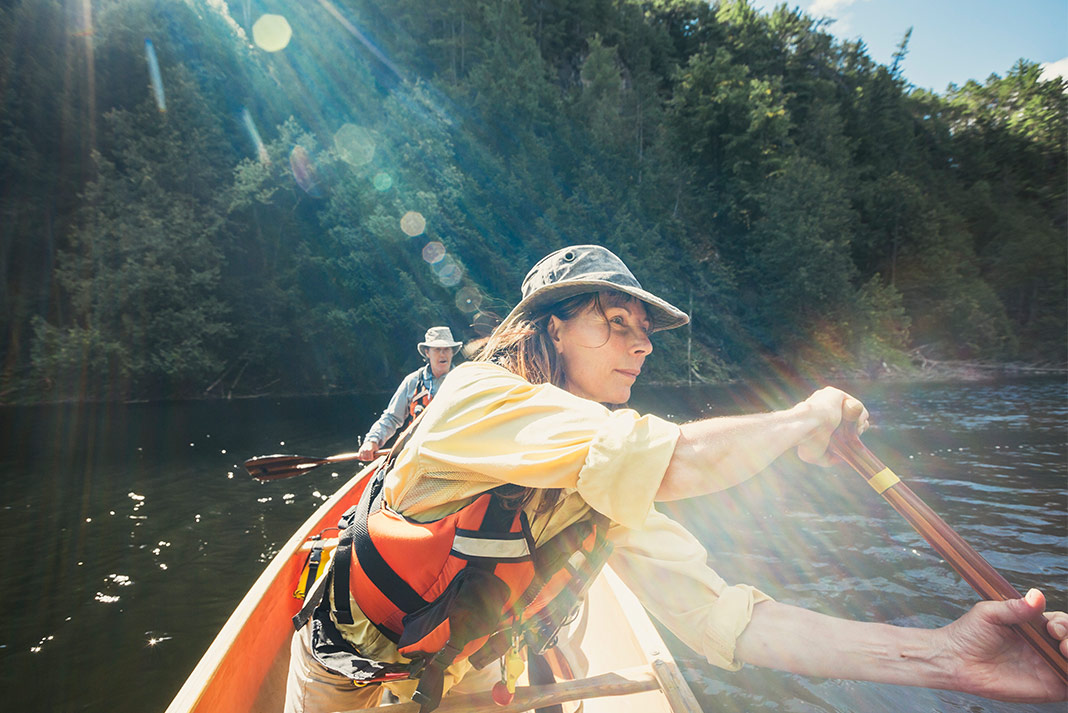
Prevention
Avoid the hottest part of the day
Between 1 p.m. and 4 p.m. is the hottest part of the day in the summer months. If possible, plan to paddle in the morning or evening to avoid the risks associated with hot temperatures. If you’re out paddling in the afternoon, make sure to stay covered up, stay hydrated and take dips in the water to keep your body temperature down.
Stick to the shade
Less sun exposure = less risk. It’s as simple as that.
Wear sun-protective clothing
Many paddling companies now sell UV-resistant clothing. Sun-protective shirts are often lightweight and equipped with a hood and long sleeves. Wearing one means you’ll never have to worry about remembering to reapply sunscreen to your neck and arms, making this a much more convenient option.
Check out some of our favorite UV-resistant clothing options here:
Wear a hat
Protect your face and eyes from the sun’s harmful UV rays with a wide-brimmed sun hat! A buff or neck gaiter is also a good idea to protect your neck and face from UV rays.
Our favorite neck gaiter:
Or subscribe to Paddling Magazine to receive a complimentary neck gaiter!
Wear sunglasses (with UV protection)
Sunglasses are one piece of sun safety gear you shouldn’t skimp on. Make sure you are purchasing sunglasses with full UV protection. Without proper UV protection, they are just masking the symptoms of sun exposure, which may allow you to look into the sun without pain, but will still cause damage to your eyes.
Wear (and reapply) sunscreen
The sunscreen you use must be a broad-spectrum, water-resistant sunscreen of SPF 30 or more. Sunscreen in combination with sun-protective clothing, a hat, and sunglasses will be your best bet for safety in the sun. Make sure to apply sunscreen to your whole body 20 minutes before going outside, then reapply at least every two hours, or after every swim.
For the best possible sunscreen, find one with zinc oxide in it. These sunscreens often come in stick form, and are meant to be used on your face. Apply it liberally to your nose and cheeks, embrace the inability to rub it in, and enjoy the many colors zinc sunscreen comes in!
Stay hydrated
Health officials recommend drinking 2 liters of water per day, but if you are active in the sun, you may need more. A good way to keep up with water intake is to take a drink each time your paddling crew catches an eddy on the river. An easy way to track your water intake is to use a 1-liter Nalgene water bottle, and try to finish two to three of them each day.
Care
How to treat a sunburn
If you do get sunburnt, the best thing you can do is rest, drink LOTS of water and stay out of the sun to avoid further damage. Aloe vera gels and lotions, as well as over-the-counter anti-inflammatories, may help with the pain and peeling, but unfortunately, you will still just need to wait for it to heal.
Make sure to wear protective clothing over the sunburnt area, and keep it as clean as possible to avoid infection. If the sunburn starts to blister, avoid picking at it or touching it. Leave it alone, keep it clean, and wait for it to heal.



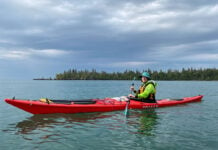

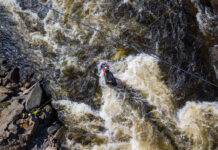
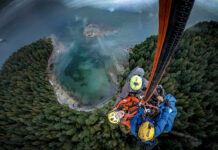
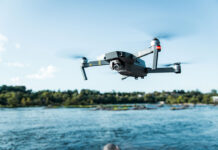

The DEFRA website shows live and historical UV data from a number of sites – worth a look to gauge how much UV you’ll be exposed to at different times of the day throughout the year.
https://uk-air.defra.gov.uk/data/uv-index-graphs
For the UK!